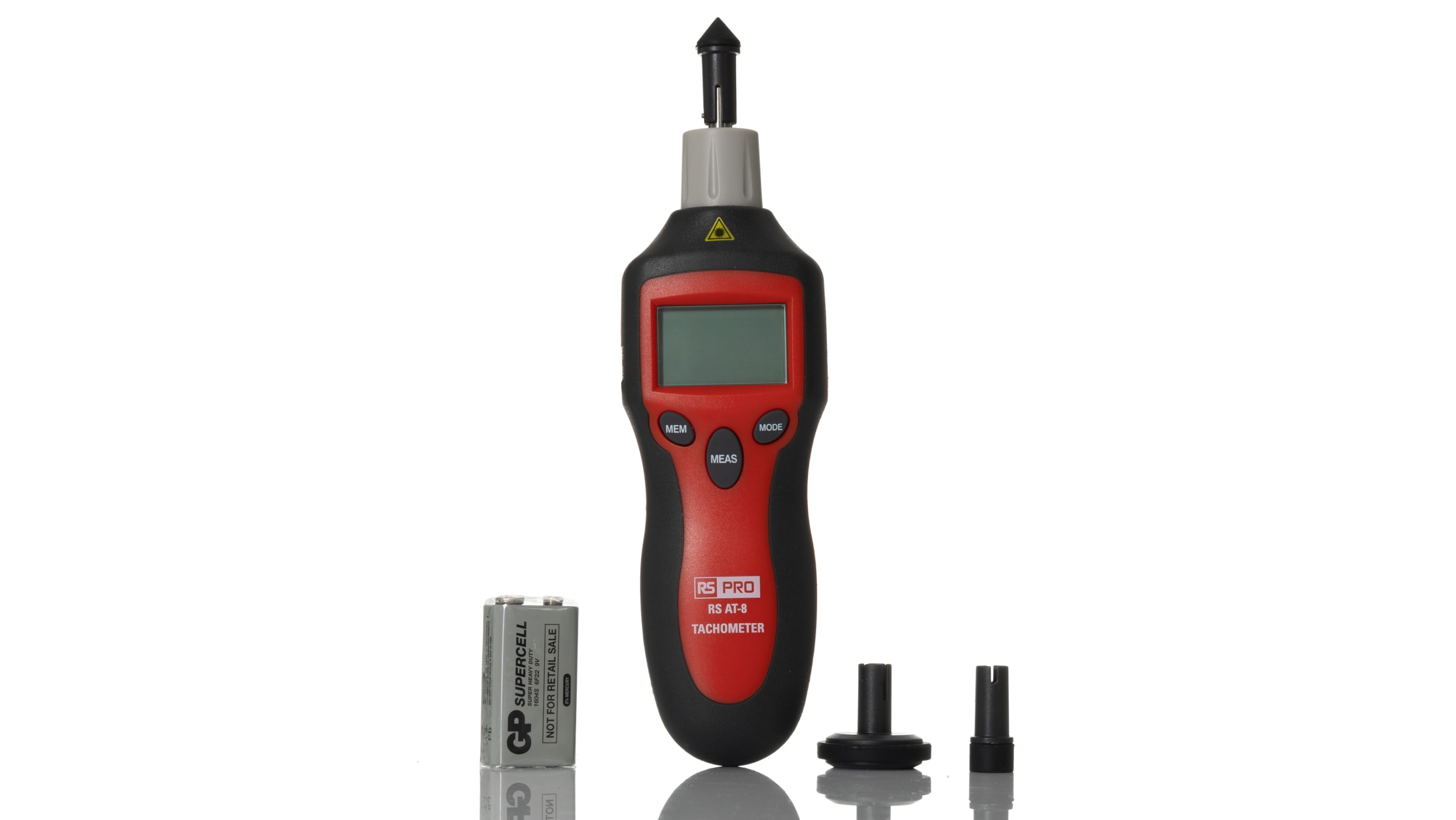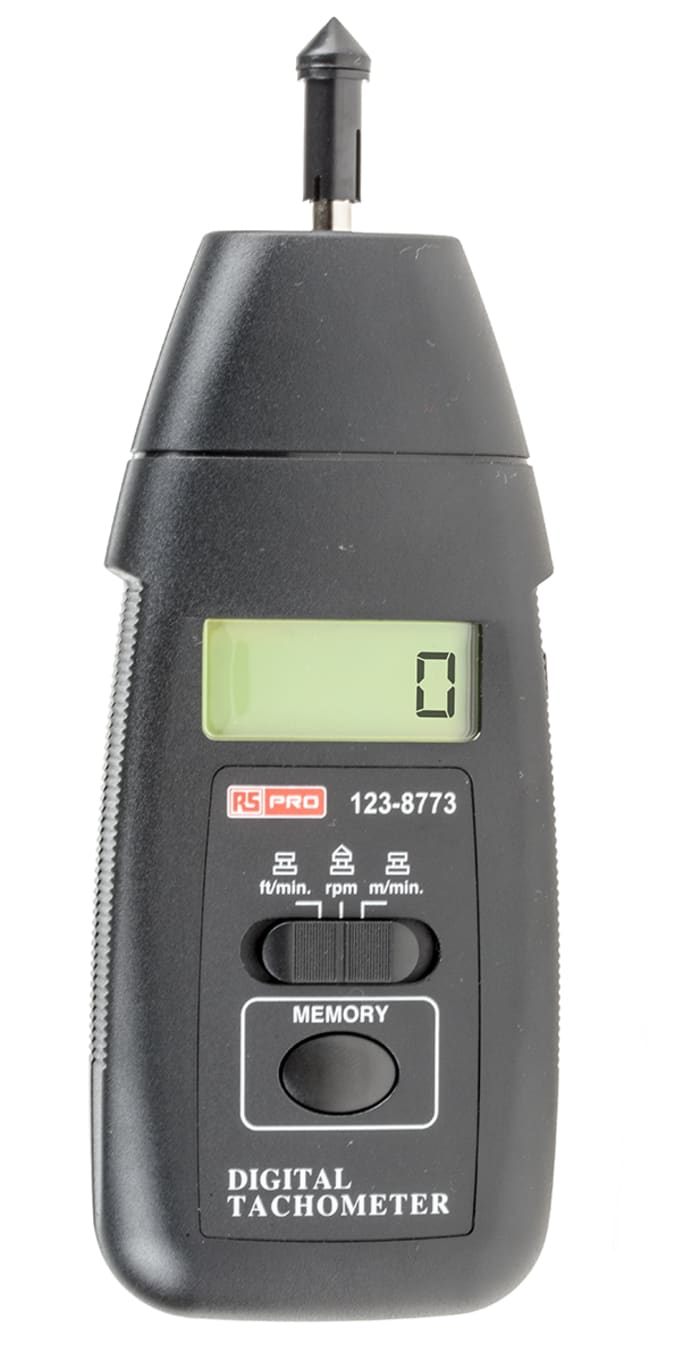Exactly how to Choose the Right Tachometer for Your Vehicle or Bike
Exactly how to Choose the Right Tachometer for Your Vehicle or Bike
Blog Article
The Significance of a Tachometer in Checking Engine Speed and Performance in Automotive Applications
In the realm of automobile engineering, the tachometer stands as a pivotal tool in the vehicle driver's collection, supplying a straight window into the inner functions of an automobile's engine. Past its feature as a simple gauge of revolutions per minute (RPM), the tachometer acts as a crucial device for fanatics and experts alike, offering real-time understandings into engine performance and health and wellness. Comprehending the significance of this gadget goes past surface-level observations, delving into the complex connection between engine rate, power result, and general driving experience. As we explore the diverse function of the tachometer in vehicle applications, a much deeper gratitude for its influence on automobile dynamics and efficiency begins to emerge.
Importance of Keeping An Eye On Engine RPM
Keeping track of engine RPM, or transformations per min, is an essential aspect of automobile maintenance and efficiency assessment. Engine RPM directly associates with the speed at which the engine's crankshaft rotates, suggesting just how swiftly the engine is running - tachometer. By monitoring RPM, mechanics can assess the health of the engine, discover potential problems, and fine-tune performance. An irregular RPM analysis might indicate issues such as engine misfires, defective trigger plugs, or problems with the fuel shipment system. Continually high RPM analyses might show aggressive driving behaviors or the requirement for a higher gear change to enhance gas efficiency.
Additionally, keeping track of engine RPM is crucial for performance assessment in auto racing and high-performance automobiles. Keeping ideal RPM levels is vital for accomplishing peak power outcome and velocity. Racers frequently utilize tachometers to ensure they are operating within the perfect RPM array for optimum efficiency. In recap, checking engine RPM is not just essential for discovering problems but also for optimizing engine performance in numerous vehicle applications.

Benefits of Real-Time Data
In automobile applications, real-time data plays a vital role in providing instantaneous understandings right into the efficiency and problem of the car. By continuously checking various specifications such as engine rate, temperature level, fuel intake, and more, real-time data supplies countless advantages that add to enhanced effectiveness and security when traveling.
One substantial benefit of real-time data is its ability to sharp motorists and specialists to any anomalies or concerns promptly. This aggressive method enables fast identification of potential issues, enabling for timely treatments to stop additional damage or breakdowns. Additionally, real-time data helps with efficiency optimization by providing immediate comments on driving routines and engine efficiency. Drivers can readjust their behavior in real-time based upon this details to accomplish better gas economy and extend the life expectancy of their lorry.

Moreover, real-time information plays a vital function in modern auto diagnostics, making it possible for specialists to promptly detect and attend to malfunctions. This causes minimized downtime, reduced upkeep prices, and inevitably, boosted total car reliability and longevity (tachometer). By using the power of real-time information, auto stakeholders can make educated choices that favorably impact both the performance and long life of the automobile
Effect on Equipment Shifts
Reliable gear changes in automobile applications substantially influence overall efficiency and driving experience. The tachometer plays a vital role in optimizing gear changes by offering real-time engine speed data to the chauffeur. When approaching the redline on the tachometer, it indicates the driver to upshift to stop over-revving the engine and triggering potential damage. On the various other hand, downshifting at the ideal minute can assist keep the engine in its power band, guaranteeing receptive velocity when needed.
Furthermore, the tachometer help in attaining smoother gear transitions, especially in hands-on transmissions. By monitoring engine speed, drivers can execute gear shifts at the ideal RPM range, reducing snagging movements see this here and lessening wear on the transmission elements. This accuracy in gear adjustments not only boosts driving comfort however likewise contributes to fuel performance.
Enhancing Fuel Performance
Offered the vital role the tachometer plays in enhancing equipment changes for efficiency and engine health and wellness, it directly contributes to maximizing gas performance in automotive applications. By giving real-time responses on engine rate, the tachometer assists motorists in preserving one of the most effective RPM array for fuel economic situation. When drivers continually check the tachometer and change their motoring practices appropriately, they can avoid unnecessary gas intake triggered by over-revving or lugging the engine.
Additionally, the tachometer assists drivers recognize the most fuel-efficient equipment to be in at any kind of given minute, avoiding the engine from working more difficult than required. In conclusion, the tachometer serves as an important device in boosting fuel efficiency by promoting optimal driving routines and determining areas for improvement in the automobile's performance.

Maximizing Engine Long Life
The tachometer's function in keeping track of engine rate and efficiency is crucial in ensuring the long life of vehicle engines. Monitoring the tachometer permits vehicle drivers to remain within the recommended RPM variety for their lorry, protecting against unnecessary pressure on the engine and expanding its life expectancy.

Verdict
Finally, the tachometer plays a vital function in monitoring engine rate and efficiency in vehicle applications. my review here By giving real-time information on RPM, it permits reliable gear shifts, enhanced gas efficiency, and maximized engine longevity. This tool is necessary for keeping optimum engine performance and ensuring the general performance of a car.
Report this page